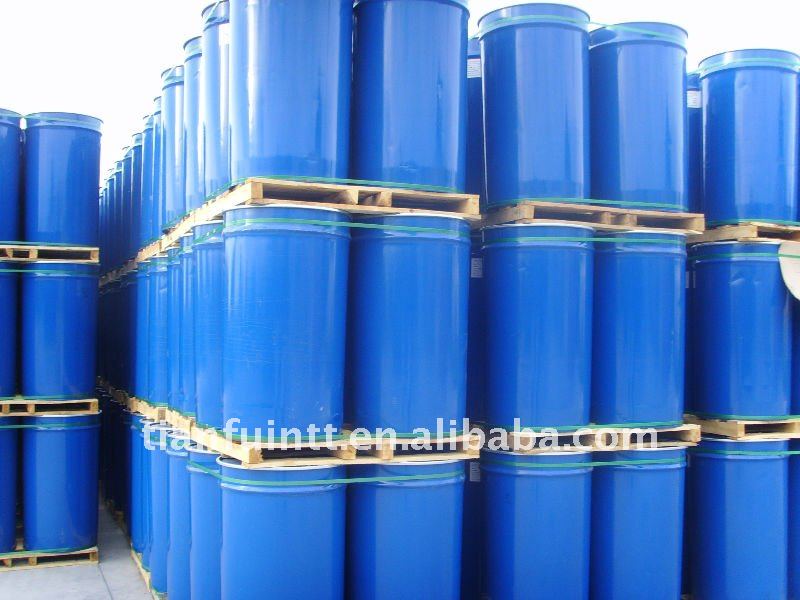
Apple juice
Apple Juice
Apple juice stops asthma
Then its says apple essence
benefits of apple juice
Health Issues with Apple Juice
Fairtrade Apple Juice 12 x 1
Apple Juice Concentrate
apple juice
apple juice
Apple juice
You buy an apple juice
To keep your apple juice from
Apple Juice iPod nano 2nd Gen
that drinking apple juice
mood with apple juice
Minute Maid Apple Juice
Apple Juice Concentrate China
I’ve been wanting to make homemade apple juice “jello” for awhile. At a Christmas party, Moses tried some regular Jello and we were happy that he didn’t have a reaction to it (it’s great to know that he can now have some ”regular food” like Jello at parties). But, Jello contains a lot of extra ingredients and preservatives that I wouldn’t want to feed him regularly or at home (included butylated hydroxyanisole [BHA], adipic acid/fumaric acid, disodium phosphate, artificial colours and flavours, etc.).
We made homemade apple juice jello today. I found a recipe at YummyTummyCooking. It’s ridiculously simple.






Ozone could inactivate E. coli in apple juice, finds study
Research, published in Food Microbiology, investigated the efficacy of gaseous ozone on the inactivation of Escherichia coli ATCC 25922 and NCTC 12900 strains in apple juice of a range of pH levels, using an ozone bubble column.The pH levels investigated by the researchers based at the Dublin Institute of Technology in Ireland were 3, 3.5, 4, 4.5 and 5.
Previous research reported that E. coli O157:H7 may survive well in acidic pineapple juice at 20-25ºC and 4ºC and could also grow rapidly in fruit juices with relatively higher pH (more than 5.7) values when stored at both temperatures.
Apple juice traditionally has a pH of between 3.3 and 4.1 and therefore it has not been considered as a possible vector for foodborne pathogens. However, said the authors, enhanced acid resistance of E. coli O157:H7 has led to foodborne outbreaks in acidic fruit juices, continued the authors.
Apple juice products, report the researchers were implicated in a disease outbreak caused by E. coli 56 O157:H7 in the early 1980s in Canada, while the frequency of outbreaks has increased over the last decade, they add.
From 1995 to 2005, the authors cite 21 juice associated outbreaks being reported to the US Centers for Disease Control and Prevention (CDC), with 10 of these implicating apple juice.
Ozone treatment
Traditionally, fruit juices are pasteurized at temperatures below 100ºC for seconds or up to a few minutes.
Although this is a short heat treatment, states the article, loss of nutritional and organoleptic properties is normally associated with conventional thermal pasteurization.
The authors said that non-thermal processing technologies such as ozone represent a preferred alternative method for juice processors to produce a minimally processed food with minor quality changes.
The FDA’s approval of ozone as a direct additive to food in 2001 triggered interest in ozone applications development, and industry guidelines for apple juice and cider were published by the FDA in 2004, which the authors said highlighted gaps in the scientific knowledge.
The authors said that their objective was to determine whether direct ozone treatment can be used to inactivate E. coli in apple juice of different pH levels.
The authors conclude that ozone treatment appears to be an effective process for reducing bacteria in apple juice and the required applied treatment for producing a safe apple juice is dependant on its acidity level.
However, further studies are warranted to determine the effect of ozone on sensory and nutritional quality retention for apple juice, they stress.
Source: Food Microbiology
Published online ahead of print: doi:10.1016/j.fm.2010.05.002
Title: Inactivation of Escherichia coli by ozone treatment of apple juice at different pH levels
Authors: Patil, S., Valdramidis, V.P., Cullen, P.J., Frias, J., Bourke, P





















No comments:
Post a Comment